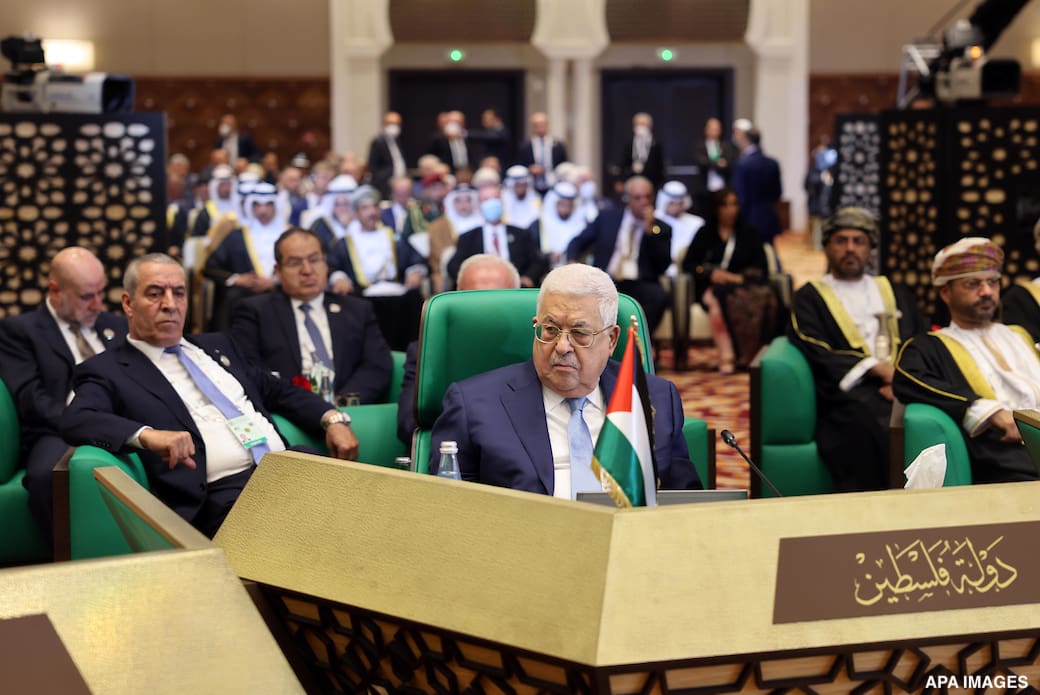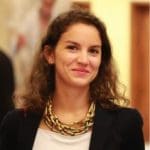
The wave of struggle created under a status quo Palestinian Authority (PA) may be conducive to its collapse, and the collapse of the PA could yield a new state of struggle. Moreover, the escalation of popular confrontation with the Israeli regime and the outbreak of a new Palestinian intifada would increase the likelihood of the revival and reform of the Palestine Liberation Organization (PLO), as the public would pressure the political factions to accomplish this task.
Discussions around an upcoming Palestinian intifada draw inspiration from previous Palestinian experiences, specifically the first and second intifadas. However, this overlooks the possibility of a new intifada that differs from its predecessors. This is more likely, given that many factors have changed, including the Israeli “withdrawal” from Gaza, the deteriorating state of life for Palestinian refugees in some host countries, the active reengagement of Palestinian citizens of Israel in the Palestinian national cause, and the hegemony of West Bank security forces, discussed below.
Direct clashes between Palestinians, Israeli settlers, and the Israeli military have transformed into full-fledged military confrontations since the Israeli military’s so-called withdrawal from Gaza in 2005, as seen in Israel’s recurrent offensives against the besieged enclave. The participation of Palestinians in Gaza in a new intifada would therefore take a different form, which could include militarized action involving missile launches or, in the case of land invasion, direct engagement with occupation forces. Popular resistance would take the form of rallies and vigils near the border fence. It is likely that Gaza’s engagement in any upcoming struggle would involve limited military action in support of Palestinian popular resistance in other places, as was seen in the Saif al-Quds battle, which was launched in support of popular Palestinian resistance in Sheikh Jarrah and 1948 territories.
Palestinian life in some host countries has declined acutely in recent years, bringing new crises in the wake of profound societal transformations taking place in the region, particularly in Syria and Lebanon. This situation has reminded Palestinians in the regional diaspora of the need to participate in the Palestinian struggle, which could provide them with a way out of their present hardship. Although the prospects of Palestinian national action abroad are limited, Palestinians in neighboring Arab countries are increasingly responding to events unfolding inside Palestine. They are beginning to organize marches to the borders, delivering a clear message that the solution to the refugee issue is their return, that the Palestinian cause goes beyond the West Bank and Gaza, and that it is indeed inclusive of all Palestinians. Accordingly, Palestinians in the diaspora would participate in any upcoming intifada through mobilizing material or moral support, or even through physical resistance in later stages, as their capabilities permit.
After decades of Israeli attempts to eliminate solidarity among Palestinians across colonized Palestine, and to focus the political actions of Palestinians in 1948 territories on obtaining rights from the Zionist establishment, new trends have emerged in these territories, specifically among Palestinian youth. There is now a lack of confidence in obtaining equal civil rights, particularly in view of recently enacted laws to Judaize the Zionist state and the Israeli right’s monopolization of Zionism. A redefinition of the national cause in the Palestinian psyche is also taking place, in which the cause is no longer about obtaining rights but rather about confronting settler colonialism. This recognizes the settler-colonial regime’s different tools of oppression and control used against the Palestinian people. Accordingly, Palestinians in 1948 territories have progressed from a position of solidarity to one of active participants in the unified Palestinian struggle against the Zionist project.
These new trends constitute the foundation for the engagement of Palestinians in 1948 territories in any new Palestinian intifada. This would take different forms, including rallies, protests, direct confrontation with the Israeli occupation forces in mixed areas, and economic obstruction through strikes and boycotts. Collectively, these actions could later develop into activities that impede Zionists’ daily lives.
In the aftermath of the Second Intifada, the Palestinian security forces were rebuilt under US supervision, expanding and transforming their role into one of security coordination with Israel. As a result, Hamas and Islamic Jihad in the West Bank have been undermined, and the Popular Front for the Liberation of Palestine has been restrained. The Independent Commission for Human Rights has documented thousands of politically motivated arrests by PA security forces, who threaten, torture, and kill political opponents, even those unaffiliated with a particular organization, including the activist Nizar Banat on June 24, 2021.
This new reality in the West Bank reduces the chance of a popular wave of anger turning into a large-scale and sustained intifada, as the PA relies on Fatah’s popular base and restricts that of other Palestinian factions. The likelihood that this scenario will materialize is thus slim, unless the PA ceases its security-based approach first, and economic approach second. This is possible only if Palestinians overcome the current climate of fear and take collective action to pressure the PA to either rectify its conduct or restructure itself entirely, as discussed in the second scenario. In other words, the outbreak of a large-scale and sustained intifada in the West Bank will not occur without radical change in the PA’s behavior. Without this change, a West Bank intifada would take the form of sporadic waves of anger that maintain the struggle without leading to a new reality. Such a change would allow Palestinian resistance organizations to rebuild and the Fatah movement to abandon its position as the ruling party within an authoritarian regime, returning to its roots as a liberation movement.
Accordingly, when envisioning the shape of a new intifada, one must consider circumstances in which Palestinians participate in different geographies and with different resistance tools. Such an intifada may be limited to a location outside the control of the Palestinian security forces, such that the role of Palestinians in the West Bank could be limited to solidarity activities. However, this is unlikely, as the West Bank’s involvement in any upcoming intifada is only a matter of time.
A number of actions make this scenario possible in the near future, including continuous Zionist settler-colonial projects of annexation, expansion, and de-Palestinization, as well as continued arrests, assassinations, restrictions of freedoms, and deprivations of Palestinians’ rights with US support (either overtly, as during the Trump administration, or covertly). The international community’s silence and Arab regimes’ preoccupation with internal issues or intra-Arab disputes add to the increasing likelihood. Moreover, the growing far right in Israel and the oppression of Palestinians as a decisive factor in polarizing the Zionist public, should motivate Palestinians to rise and confront these policies.
Other factors that make this scenario possible pertain to Palestinian popular consensus on resistance and rejection of the PA, as seen during the Unity Intifada, as well as the Saif al-Quds battle. That uprising garnered unprecedented popular sympathy and solidarity at both the Arab and international levels. Such solidarity would not have been achieved without the use of virtual spaces outside of traditional media that enabled Palestinians and their supporters to communicate their struggle to the world. The fact that the Israeli regime pressured these digital platforms to reduce Palestinian content attests to the role of digital spaces in shaping support. Although some platforms, including Facebook, entertained Israel’s request, Palestinians’ content has persisted.
Although these factors have only grown in importance, the obstacles presented by the first scenario – namely, continued financial and security support to the PA, as well as Israel’s attacks against Palestinians in 1948 territories – may prevent the outbreak of a large-scale intifada in the near term.








